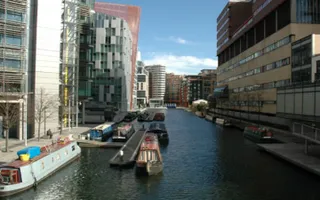The Thames ring travels fom the lower reaches of one of the world's best-known rivers, to the land of dreaming spires and academia of Oxford, continuing northwards along the Oxford Canal and returning via the Grand Union Canal.
Famous places
Upstream from Brentford the tidal Thames passes the Royal Botanical Gardens and the first in a number of small islands. Teddington Locks are the largest locking system on the river and is the transition from tidal to non-tidal. The weir is a gauging point for water flow and flood warnings are issued from its monitoring station.
Past Hampton Court Palace the Desborough Cut is an artificial channel avoiding a twisting loop of river. The weir at Shepperton Lock is the most southerly point reached by the Thames and the journey now reads like pages from a gazetteer of famous places; Windsor Castle, the playing fields of Eton, Henley and its regattas.
At Isis Lock the Oxford Canal heads northwards and locks become few as the channel wends its way through the rolling Oxfordshire countryside. Because of the contour method of construction used by engineer James Brindley the canal traces a convoluted course as it follows the contours of the land and on the summit pound around Wormleighton a stretch of three miles loops back on itself to within less than 1,000 yards of its starting point.







